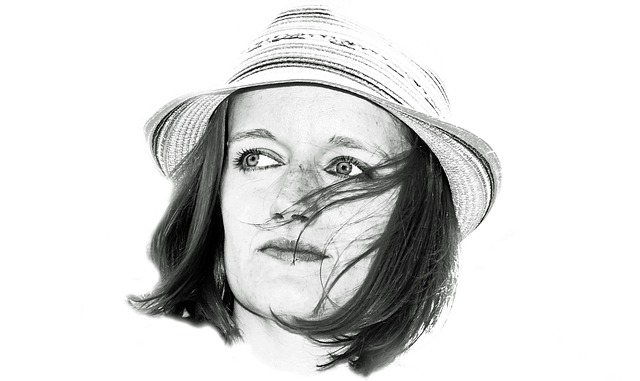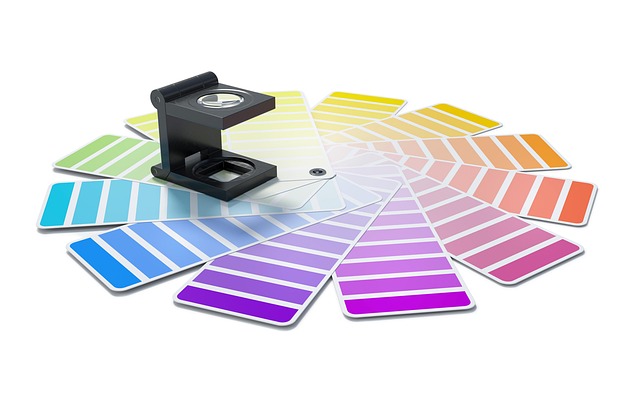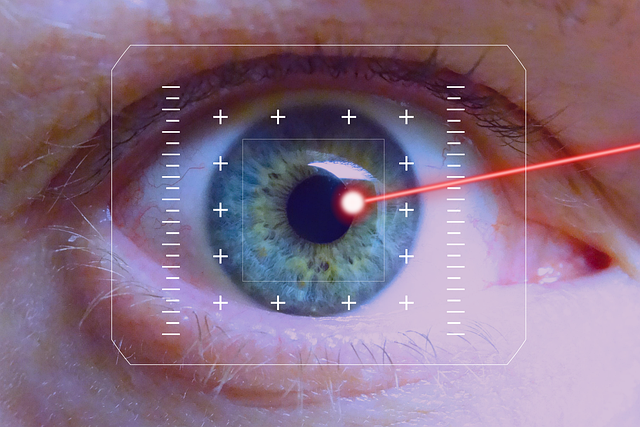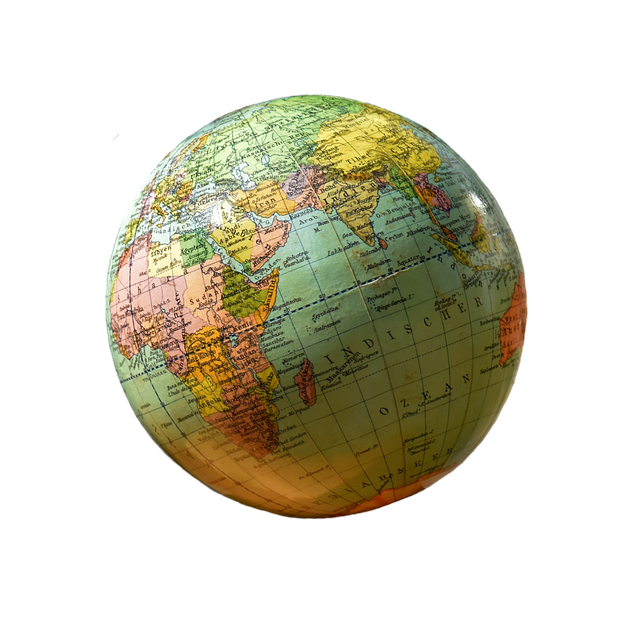In contemporary photography, the red-eye effect is often seen as a flaw to be corrected, yet it carries a subtle allure that can be harnessed to enhance artistic expression. By turning a technical glitch into a deliberate design choice, photographers can infuse their images with symbolism, mood, and a touch of mystique. This article examines how the red-eye effect can be embraced as a creative tool, explores its psychological impact, and offers practical guidance for integrating it into modern photo art.
Understanding the Science Behind Red Eye
The red-eye effect occurs when a camera’s flash reflects off the retina, the vascular layer at the back of the eye. Light from the flash bounces back to the lens, producing a reddish glow in the pupil. Factors such as camera distance, eye size, and ambient lighting influence the intensity of the reflection. A short, close-up shot with a bright flash will intensify the red, whereas a long exposure or off-angle flash can diminish it.
- Retinal blood vessels: the primary source of red light.
- Flash-to-lens distance: closer flashes produce stronger reflections.
- Eye shape and irises: certain eye colors can amplify or mask the effect.
Red Eye as a Narrative Device
When used deliberately, the red-eye effect can serve as a visual metaphor. It may signify hidden emotions, a double life, or a rupture between the inner self and the external world. Artists often employ this glitch to create an eerie or surreal atmosphere, turning a mundane portrait into a piece that invites contemplation.
“A flash of light, a flash of truth.” – Anonymous Photographer
Psychological Resonance of the Red Color
Color psychology tells us that red evokes passion, danger, and urgency. When the eye—a portal to perception—turns crimson, it can subconsciously suggest vulnerability or warning. Photographers can manipulate the intensity of the red to influence the viewer’s emotional response. A subtle blush may hint at secrecy, while a vivid crimson can command attention.
Color Calibration Techniques
Achieving the desired red intensity requires careful control of camera settings:
- Adjust white balance to a cooler tone to make the red pop.
- Use a lower ISO to reduce grain, keeping the red distinct.
- Experiment with flash power: too high can overpower the image.
Choosing the Right Subjects
Not every subject will benefit from a red-eye effect. Portraits of individuals with lighter irises often yield cleaner reds, whereas darker irises can produce a muted or hazy reflection. Additionally, the expression matters; a solemn face may pair better with a stark red than a laughing one, which could dilute the effect.
Consider the following when selecting a model:
- Eye color: light irises produce more vibrant reds.
- Facial expression: stoic or introspective poses complement the effect.
- Lighting environment: low ambient light accentuates flash reflection.
Creative Composition Strategies
Incorporating red-eye into the overall composition requires intentional placement and balance. Photographers can use the red as a focal point, leading lines, or a contrasting element against muted backgrounds.
Try these compositional approaches:
- Rule of thirds: position the eye’s red highlight at a golden intersection.
- Negative space: allow the red to stand out against a simple backdrop.
- Symmetry: mirror the red in the other eye to create harmony.
Lighting Setups That Emphasize Red Eye
While the built-in flash is the most common source, creative lighting can transform the effect:
- Use a small, off-camera flash positioned at a shallow angle to create a subtle reflection.
- Introduce a reflector to bounce light into the eye, intensifying the red.
- Employ a narrow, focused spotlight to isolate the eye as a luminous spot.
Post-Processing: Refining the Effect
Once the image is captured, editing software can enhance or soften the red-eye. A gentle overlay of a warm tint can deepen the hue, while selective sharpening on the pupil can preserve detail. However, over-editing risks losing the natural feel; moderation is key.
Suggested steps:
- Adjust hue and saturation in the eye region.
- Apply a mild vignette to draw focus.
- Use a frequency separation technique to keep the red distinct from skin texture.
Case Study: A Portrait Series
In a recent series titled “Glints of Truth,” a photographer captured three subjects in a studio with a single flash. By intentionally allowing the red-eye effect to persist, the images communicated a sense of concealed depth. The photographer kept the background neutral, letting the crimson eye become the anchor point. Post-processing subtly intensified the red without compromising the realism of the image.
Ethical Considerations and Viewer Reception
While the red-eye effect can be powerful, it may also be disconcerting for viewers accustomed to flawless portraits. Artists should consider their audience: some may appreciate the raw honesty of a red-eye, whereas others might perceive it as a defect. Transparency about the artistic intent can foster appreciation and reduce misunderstanding.
“Art is not about perfection; it’s about the stories we dare to tell.” – Contemporary Art Critic
Engaging Audiences Through Storytelling
To maximize impact, pair the red-eye image with a narrative: a caption that hints at the subject’s internal conflict or a series that explores themes of identity and perception. By guiding the viewer’s emotional journey, the red-eye becomes more than a visual anomaly—it becomes a storytelling catalyst.
Future Directions: Technology and Red Eye
As camera sensors become more sophisticated, the natural tendency for red-eye to appear diminishes. Yet, photographers will continue to find ways to resurrect or simulate the effect using software plugins, creative lighting rigs, or specialized lenses. Virtual reality and augmented reality platforms also offer new realms where the red-eye can be stylized beyond conventional photography.
Experimenting with AI Tools
Artificial intelligence can now generate realistic red-eye overlays or remove them selectively. For artists seeking to push boundaries, AI offers a sandbox for testing how different red hues influence mood, without committing to a physical shoot.
Conclusion: Red Eye as a Bridge Between Flaw and Feature
When approached with intention and understanding, the red-eye effect transcends its reputation as a mere flaw. It becomes a deliberate aesthetic that can enrich narrative depth, evoke emotion, and challenge conventional perceptions of beauty in photography. By mastering the technical aspects and thoughtfully integrating the red into composition and storytelling, modern photo artists can turn a glitch into a signature, turning ordinary portraits into unforgettable works of art.




